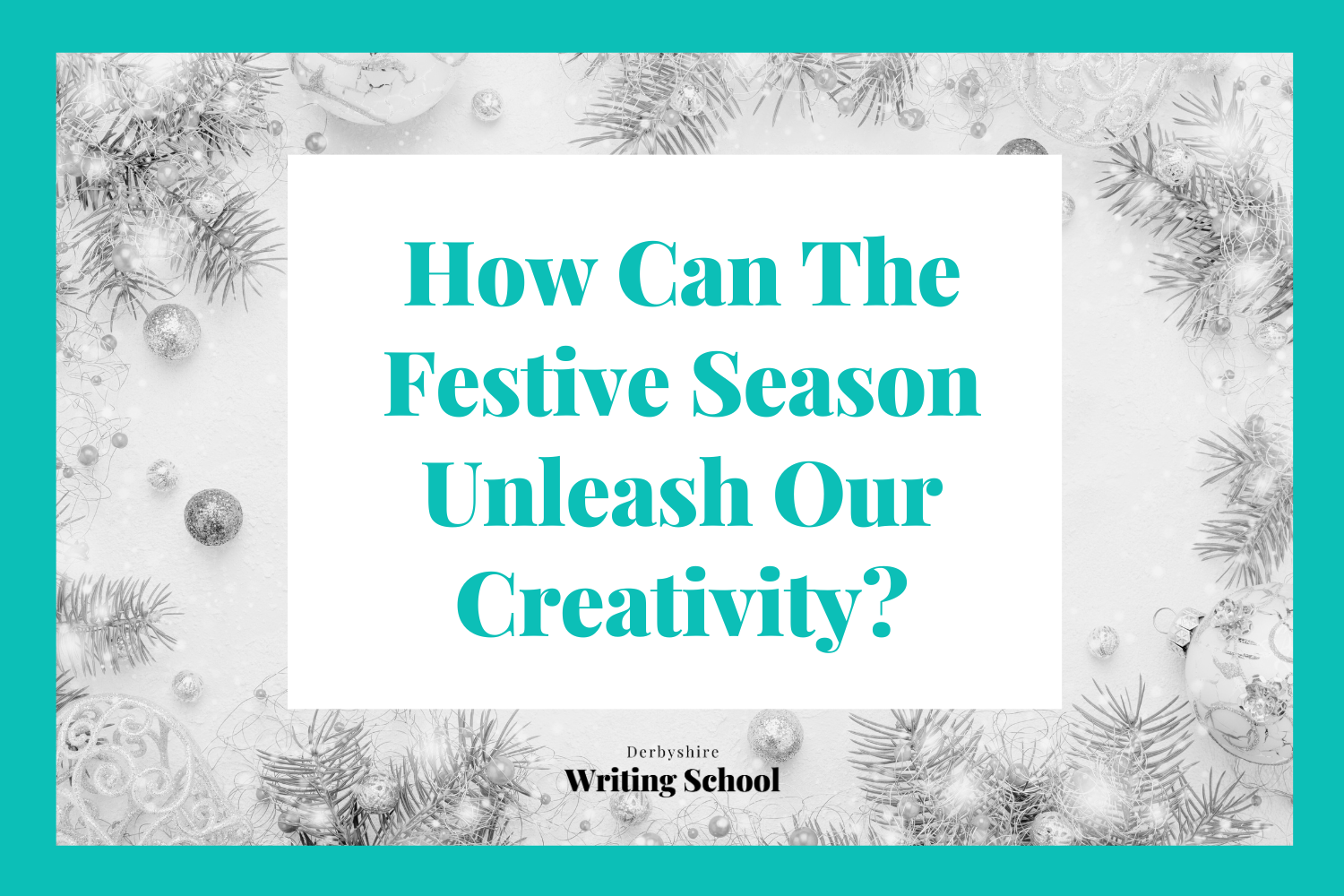Here's Why We Need To Experiment With Show Don't Tell
Have you ever read a book and felt like you were right there in the middle of the action, seeing and feeling everything the characters did? That’s the magic of show, don’t tell. At its core, this concept means describing scenes, actions, and emotions in a way that paints a vivid picture for the reader instead of just stating facts. We are ‘showing’ the reader what it feels like, instead of ‘telling’ them.
Although it can be a difficult technique to master, it can also be another valuable kind of creative constraint. It’s a great way to test ourselves and our writing.
Why Showing Is Important
So, why is show, don’t tell such a big topic within creative writing? Let’s dive straight in…
Engages Readers Emotionally
Showing helps readers connect emotionally with our characters. When you show what a character is feeling through their actions and thoughts, readers can experience those emotions too. It’s the difference between saying, ‘John was sad’ and showing John slumping in his chair, his eyes welling up with tears.
This emotional engagement has the power to make readers care more about our character’s journey. It has the power to make our stories feel real and relatable. It can seem like a subtle difference but when we are reading a book and the writer is using show, it’s a powerful difference that creates that emotional engagement and impact that we want.
Creates More Vivid Imagery
Showing also paints a picture in the reader’s mind and makes our scenes come alive. By showing instead of telling, you let readers use their imagination to fill in the details. Rather than saying the garden was beautiful for example, we can show them the vibrant colours of the flowers and the sound of bees buzzing, we then invite the reader into the story and let them make up their own mind about scenes and events. If we’ve done this well as a writer, the reader can then see what we want them to see.
These vivid details help create a stronger visual image. They make our stories more memorable. This rich imagery is something that we can apply to stories in multiple genres.
Reveals Character and Plot Naturally
Showing is also an amazing tool for revealing character traits and plot developments naturally. It can help both us and our readers get to know our characters on a deeper level. Showing helps us transform our characters from words on a page to figures with distinct personalities – we can turn them from a zero to a hero.
By letting our plot unfold through our characters, we also invite readers to piece together the story as it happens. We draw readers into our story, our world. By giving our readers, the power to interpret things for themselves, we keep them invested. We keep them eager to uncover what happens next.
How to Show, Not Tell
Here at Derbyshire Writing School, we’ve put together some key techniques to help you experiment with show, don’t tell:
Use Sensory Details – One of the best ways to show rather than tell is by engaging the five senses. Instead of telling readers, ‘The forest smelled nice,’ we can show them the experience through details such as ‘The forest smelled of damp earth and pine needles.’ This paints a more vivid picture and pulls readers into the scene. Sensory details can make our scenes richer for readers.
Action Over Description – Another effective technique is to show through actions. Instead of simply stating that our character was angry for instance, we can show their anger through their clenched fists and gritted teeth. These kinds of details can make a moment more animated in readers’ minds. Actions allow our readers to see and feel what’s happening rather than just being told.
Dialogue – Dialogue is a powerful tool for showing. Through conversation, you can reveal a character’s emotions without directly stating them. For example, instead of telling readers, ‘She was shocked and upset,’ we could talk about how she whispered and how her voice was trembling. The way characters speak and the words they choose can convey a lot about their feelings and relationships. Being part of a writing group can be a powerful way for us to practice and get feedback on these techniques. A new perspective often has the potential to help us improve our writing.
Examples of Showing vs Telling
Understanding the difference between showing and telling can be tricky. However, the more we practice the skill, the more it will start to feel like one of our writing habits.
Example 1: Emotion
Telling: ‘Mary was scared.’
Showing: ‘Mary’s hands trembled as she reached for the door, her breath quickening with every step.’
By showing Mary’s trembling hands and quickening breath, we can feel her fear more vividly. This approach makes her emotion more concrete and immediate for the reader.
Example 2: Setting
Telling: ‘The city was bustling.’
Showing: ‘Cars honked and pedestrians jostled past each other, their voices blending into a chaotic concert of city life.’
In this example, showing uses specific details such as the honking cars and a blend of voices to create a lively scene in the reader’s mind.
Example 3: Character Trait
Telling: ‘Tom was impatient.’
Showing: ‘Tom tapped his foot and checked his watch every few seconds, a frown deepening on his face.’
By describing Tom’s actions, we get a clear sense of his impatience without being directly told. This method allows the reader to infer the trait themselves and create their own image of the scene.
The Power Of Show, Don’t Tell
The more we practice show, don’t tell, the more comfortable we’ll become incorporating it into our writing. It’s an amazing way to draw readers into the world we’ve created, and that’s why we think it’s a skill worth experimenting with.
How do you feel about show, don’t tell? Is it a key feature of your writing or something new for you? Whatever your experience of the technique, we’d love to hear your thoughts. Write to us at info@derbyshirewritingschool.com and let us know!












